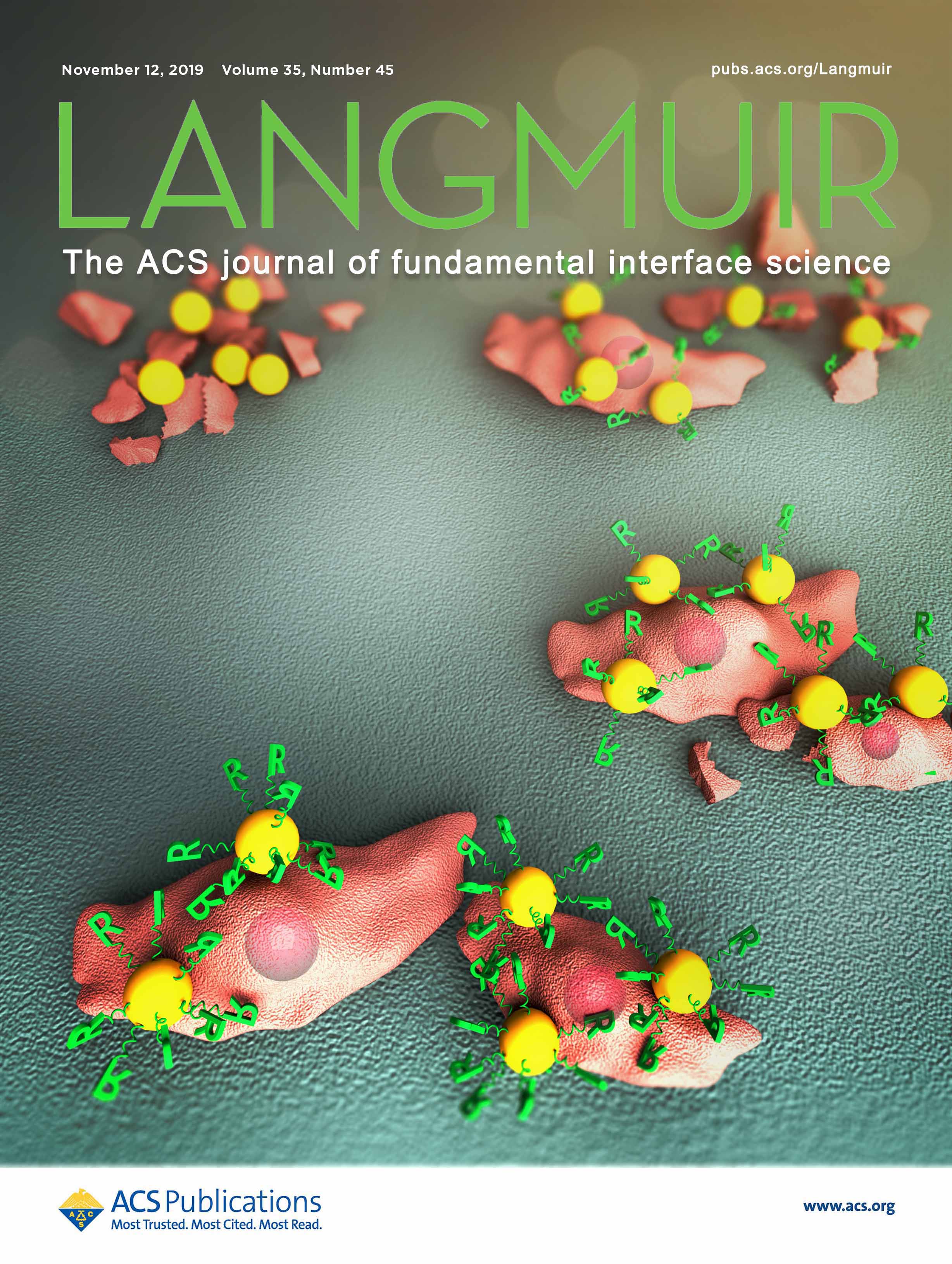
Title: Surface Modification of Stöber Silica Nanoparticles with Controlled Moiety Densities Determines Their Cytotoxicity Profiles in Macrophages
Abstract: Physicochemical properties of nanomaterials play important roles in determining their toxicological profiles during nano-biointeraction. Among them, surface modification is one of the most effective manners to tune the cytotoxicity induced by nanomaterials. However, currently, there is no consistency in surface modification including moiety types and quantities considering the conflicting toxicological profiles of particles across different studies. In this study, in order to systematically investigate how the moiety density affects cytotoxicity of NPs, we chose three different types of functional groups, that is, −NH2, −COOH, and −PEG, and further controlled their densities on modified Stöber silica nanoparticles (NPs). We demonstrated that densities of functional groups could significantly affect the cytotoxicities of Stöber silica NPs. Regardless of the types of functional groups, high grafting densities could ameliorate the cytotoxicities induced by Stöber silica NPs in macrophages, for example, J774A.1 and N9 cells. When equal amounts of functional groups were present, the cell viability increased in the order of −COOH < −NH2 < −PEG. Furthermore, it was shown that surface modification could significantly affect the quantities of the surface silanol, which is the determining factor that affects their cytotoxicity. These results show that it is critical to control the surface moiety both quantitatively and qualitatively, which can tune the interaction outcomes at the nano-bio interface. The results found in this article provide useful guidance to adjust nanomaterial cytotoxicity for safer biomedical applications.